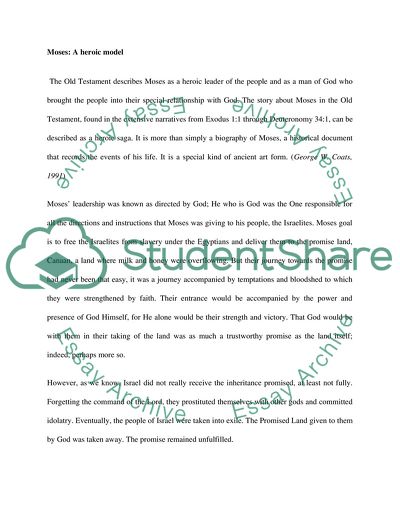Cite this document
(“Analyze how moses is related to the herioc model Essay”, n.d.)
Analyze how moses is related to the herioc model Essay. Retrieved from https://studentshare.org/religion-and-theology/1542615-moses-and-a-heroic-model
Analyze how moses is related to the herioc model Essay. Retrieved from https://studentshare.org/religion-and-theology/1542615-moses-and-a-heroic-model
(Analyze How Moses Is Related to the Herioc Model Essay)
Analyze How Moses Is Related to the Herioc Model Essay. https://studentshare.org/religion-and-theology/1542615-moses-and-a-heroic-model.
Analyze How Moses Is Related to the Herioc Model Essay. https://studentshare.org/religion-and-theology/1542615-moses-and-a-heroic-model.
“Analyze How Moses Is Related to the Herioc Model Essay”, n.d. https://studentshare.org/religion-and-theology/1542615-moses-and-a-heroic-model.


